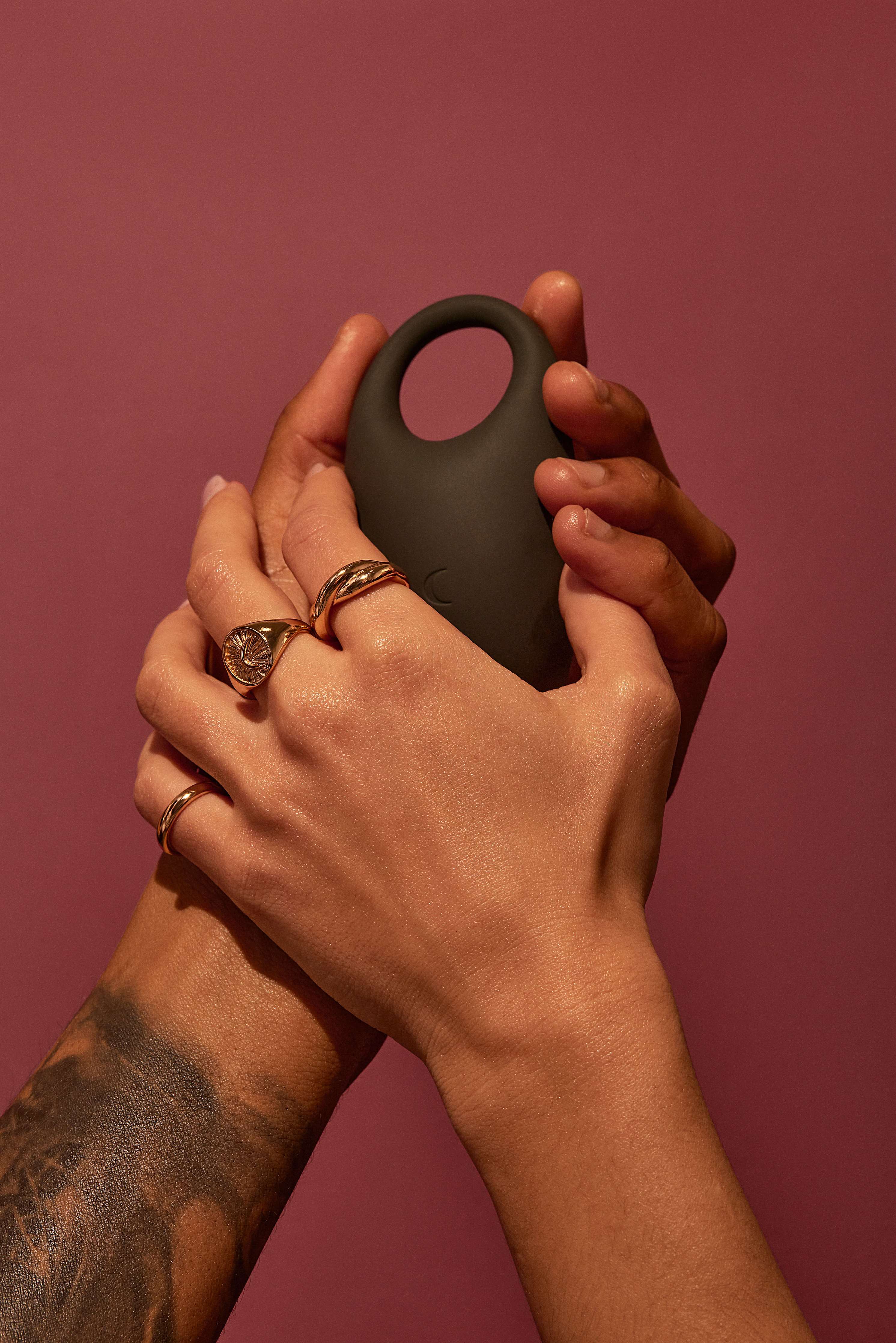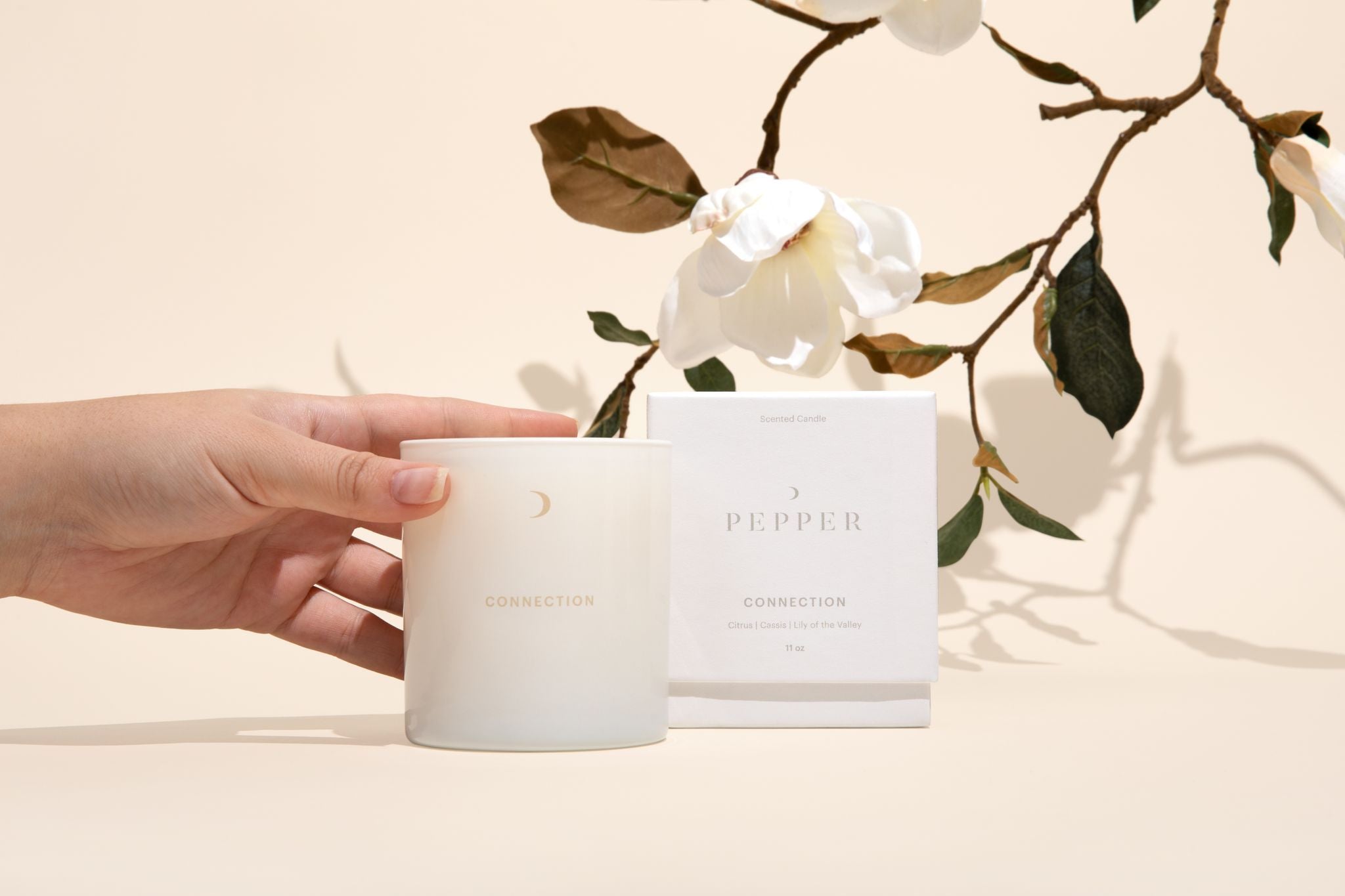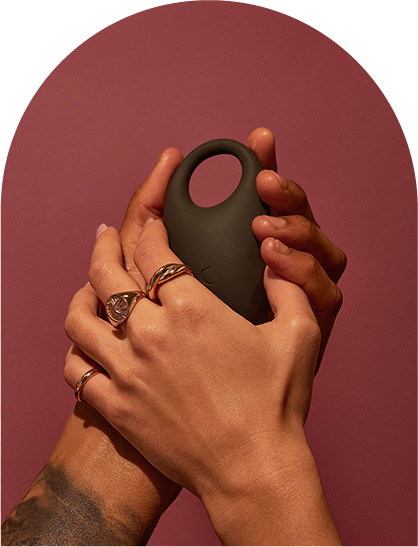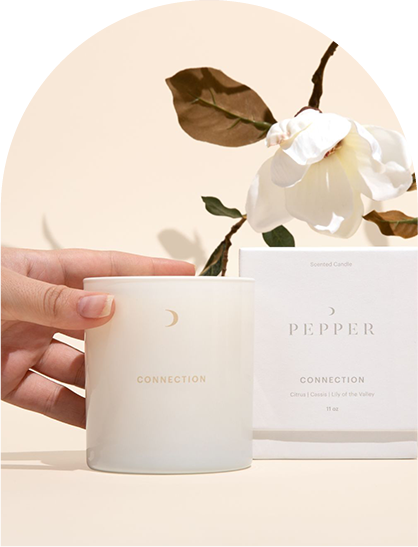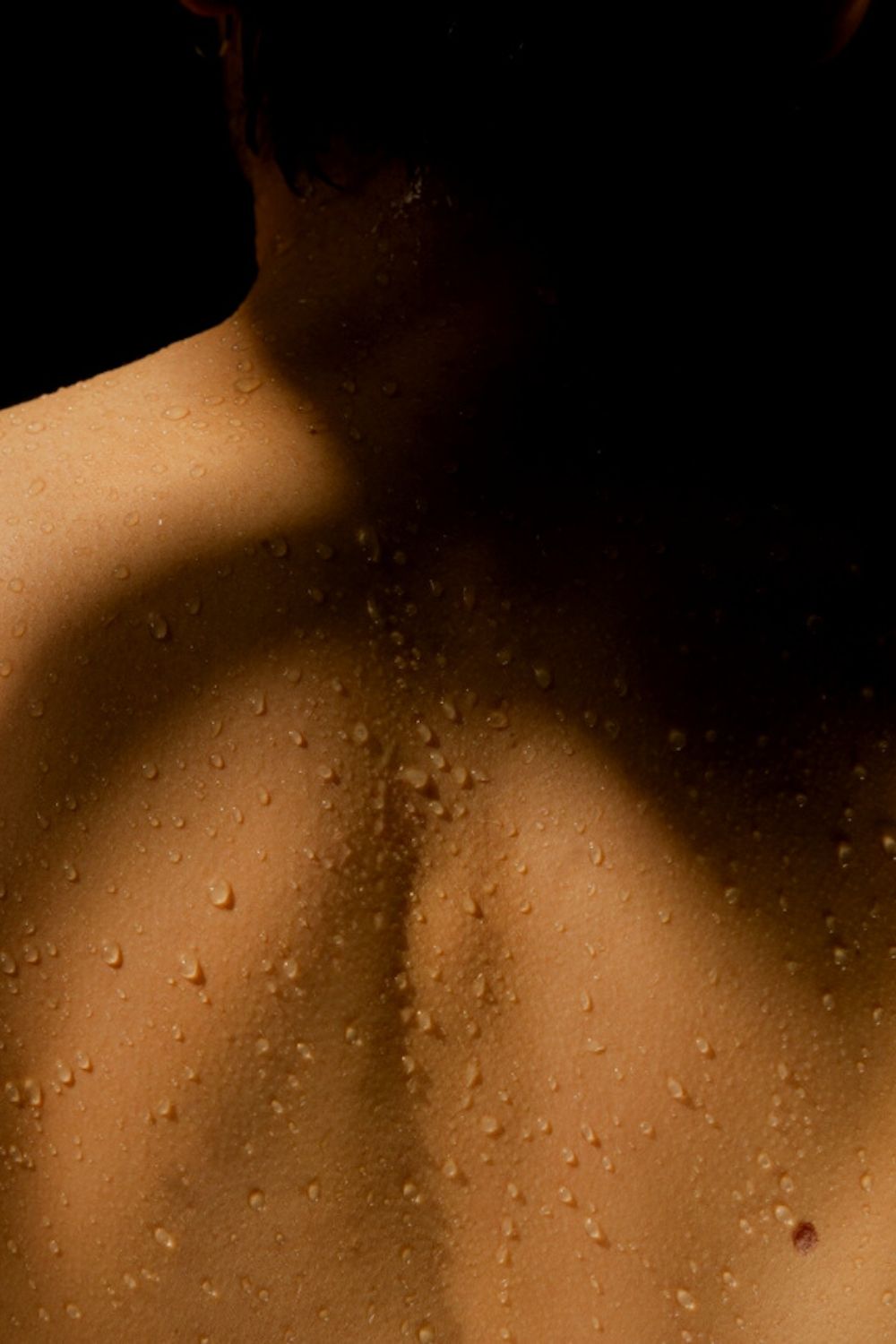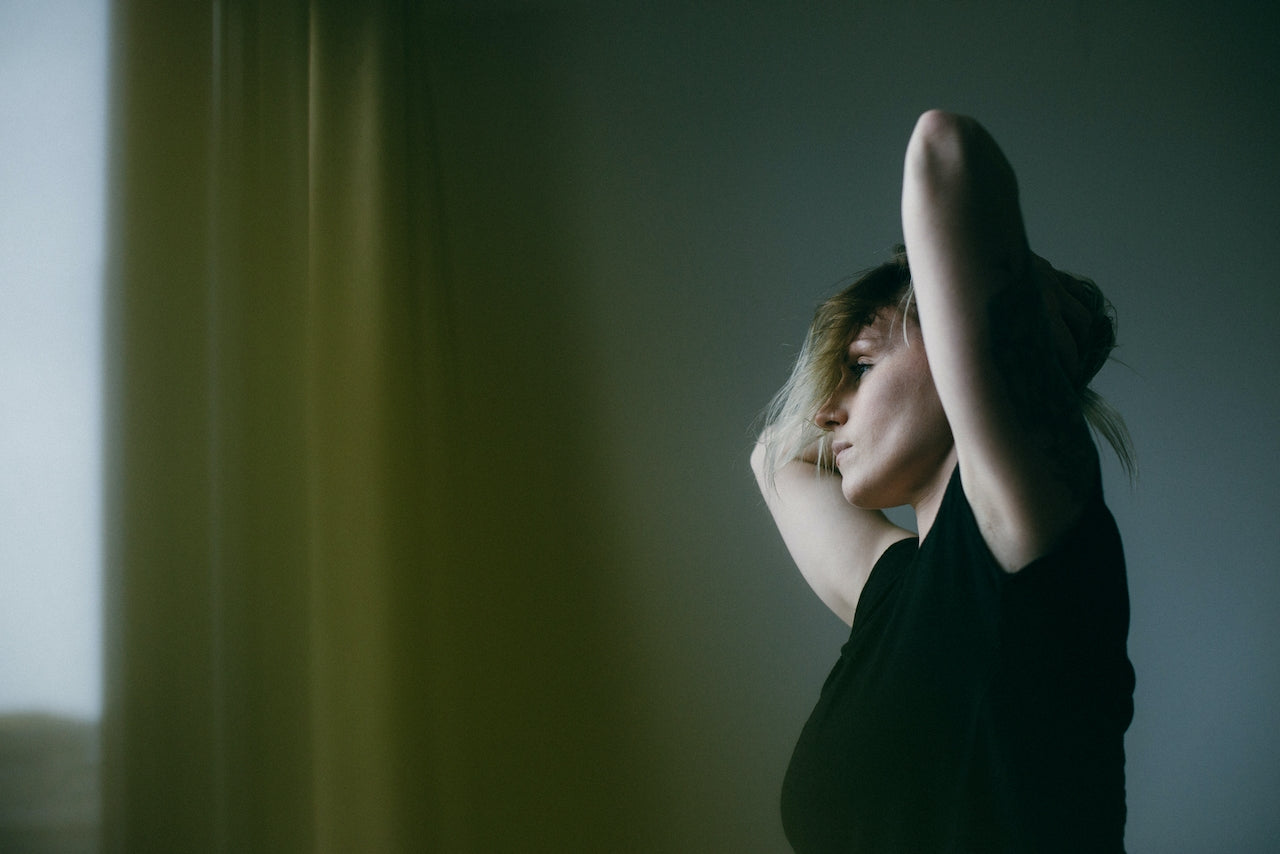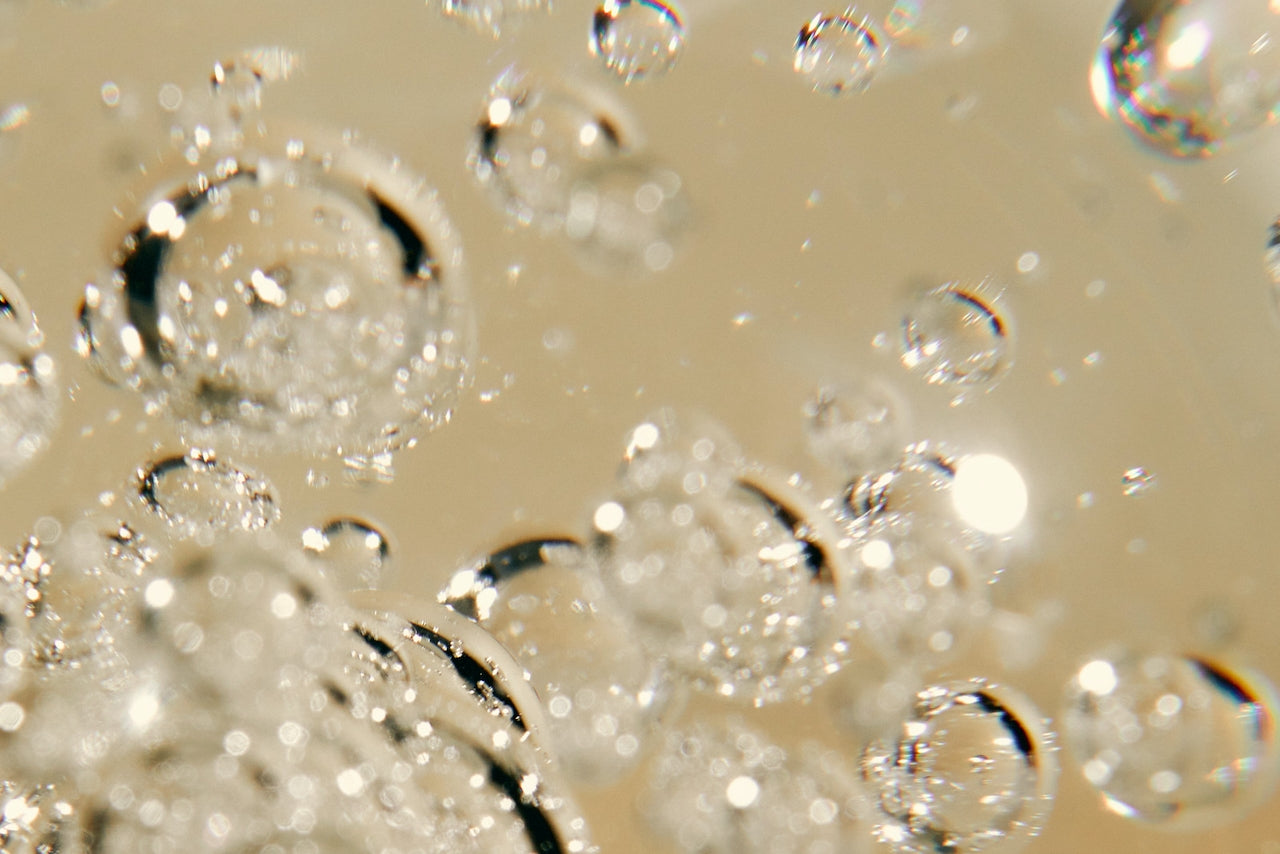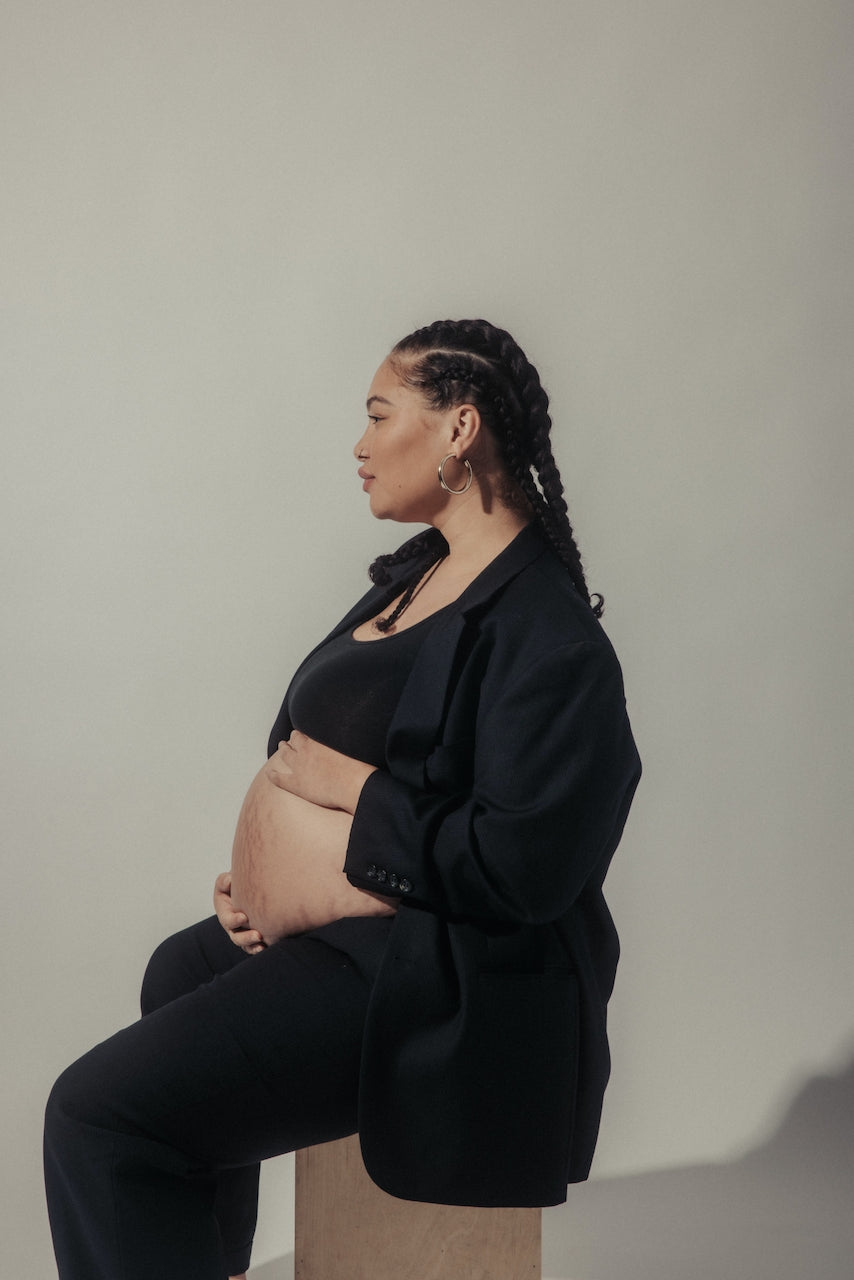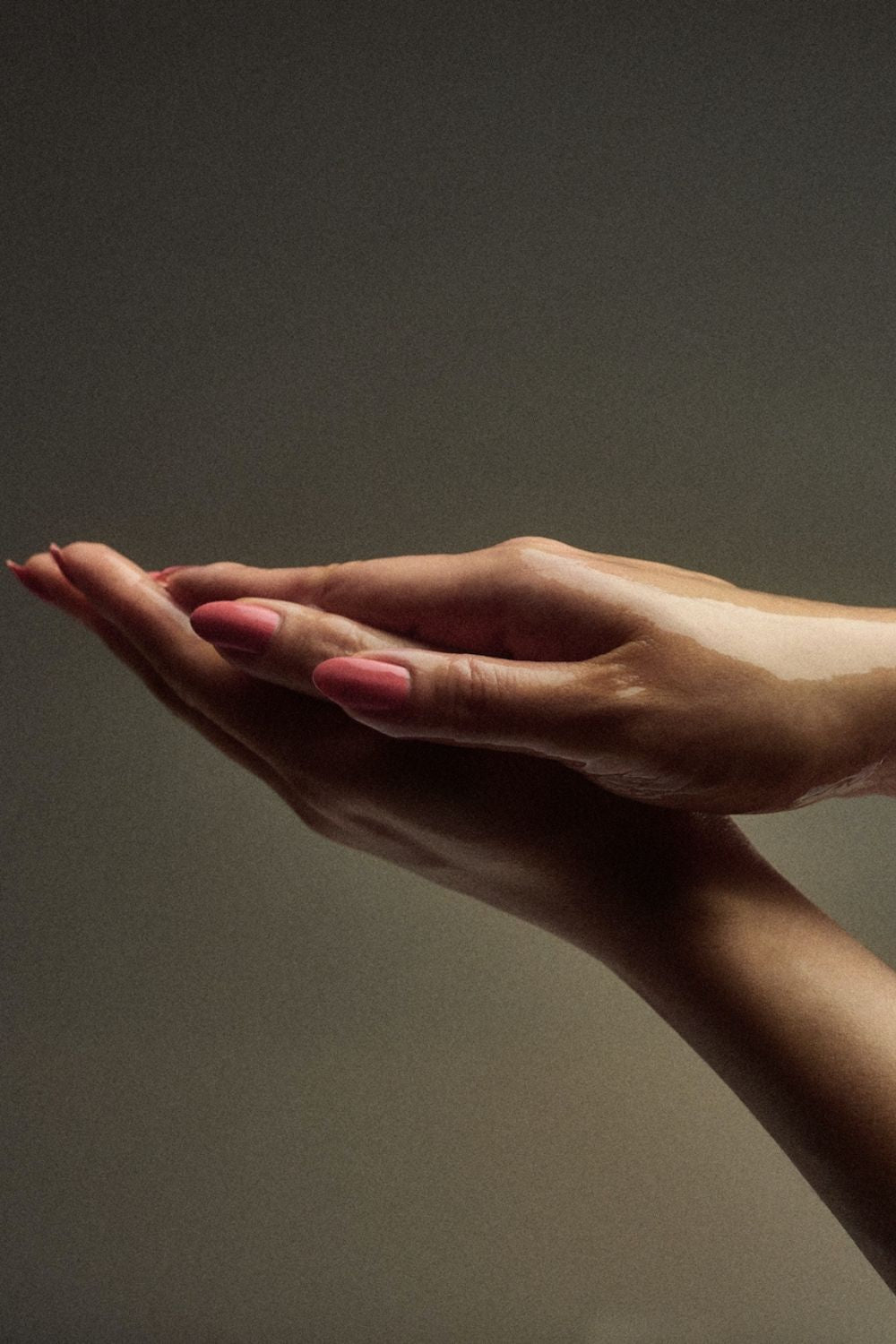Growing another human in your body is a huge task! This is especially a big task for your pelvic floor muscles, which are supporting the weight of your growing baby. During labor, the pelvic floor muscles expand to roughly 300% of their length to allow for birth. While this is a normal process of human mechanics, it inherently causes damage to the pelvic floor muscles for many women.
Studies have found that an average of 32% of women will have significant damage to their deep pelvic floor muscles following vaginal delivery. With this in mind, any muscle in the body needs to be healthy to perform normal daily functions. The urethra and supporting muscles involved in urination are thus affected and may render symptoms of urinary leaking while the body is healing. As said before, the body may heal on its own within a few weeks. But if it does not, then the acute stage of muscle trauma postpartum may become a chronic issue, which is ultimately when urinary incontinence may persist.

